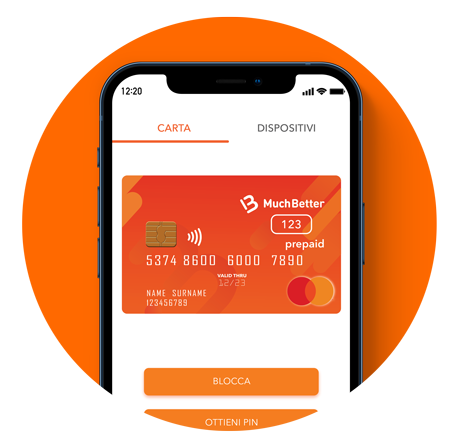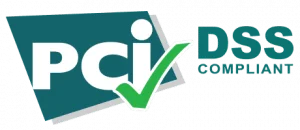Durante la pandemia, i pagamenti tramite app e smartphone sono aumentati di più, poiché evitano di passare carte e contanti di mano in mano. Ma ora, oltre alla protezione dal virus, c'è un nuovo portafoglio digitale che consente di difendersi da furti e frodi online. Ecco come:
Nonostante il calo generalizzato della spesa causato dalla pandemia di coronavirus, che ha comportato lockdown e restrizioni che hanno comportato la chiusura di molti negozi, bar, ristoranti e attività economiche e commerciali, il 2020 ha visto un vero e proprio boom dei pagamenti digitali che, secondo i dati analizzati dall'Osservatorio sui Pagamenti Innovativi della School of Management del Politecnico di Milano, sono aumentati da 29% a 33% del valore complessivo dei pagamenti nel nostro Paese, raggiungendo 5,2 miliardi di transazioni per un valore di 268 miliardi di euro.
Secondo lo studio, i pagamenti tramite carte contactless sono aumentati di più (aumento di 29%), ma anche quelli effettuati tramite dispositivi indossabili e app di pagamento installate su smartphone, aumentati di 80% rispetto all'anno precedente. Questo successo, secondo il rapporto, può essere attribuito tra le altre cose alla possibilità di effettuare pagamenti senza passare fisicamente denaro e carte di pagamento di mano in mano, riducendo così al minimo la possibilità di diffondere o contrarre il coronavirus al momento del contatto.
Ma se la paura del virus e la ricerca di metodi di pagamento in grado di proteggere i consumatori sono stati tra i principali fattori che hanno spinto il boom, spesso sottovalutiamo invece il pericolo rappresentato dalle frodi e dai furti online, che sono anch’essi dei “virus”. E anche se non sono chiaramente paragonabili al Covid, sono comunque pericolosi: non per la salute ovviamente (almeno non direttamente), ma sicuramente per i risparmi delle potenziali vittime.
Per proteggerci dalla pandemia, ormai siamo tutti abituati a mascherine e disinfettanti per le mani, ma proteggerci dai pericoli e dalle insidie del mondo digitale può essere più complesso. Tuttavia, questo problema può essere alleviato da servizi di pagamento che fanno più che funzionare come "portafogli digitali", mettendo al primo posto la sicurezza.







